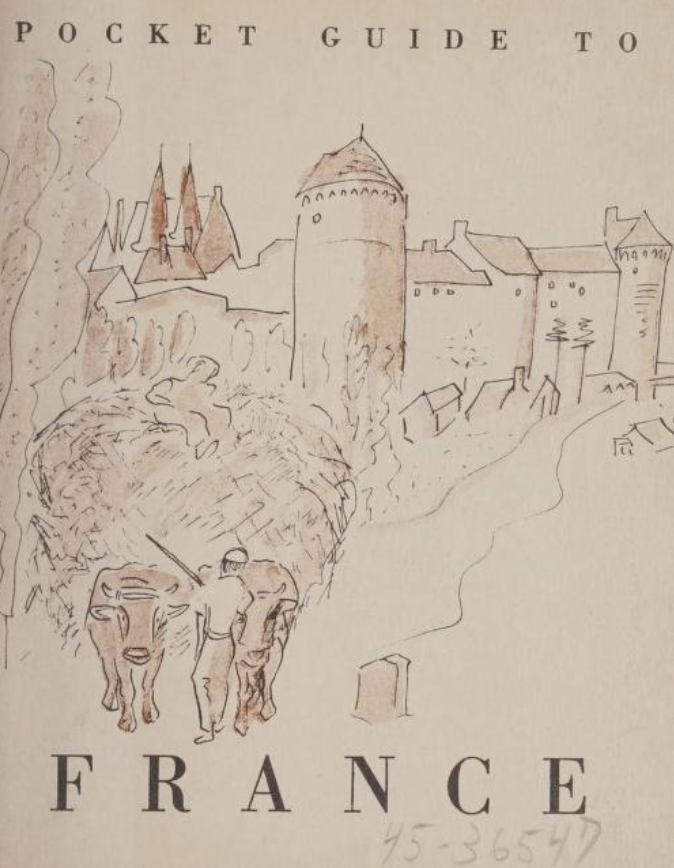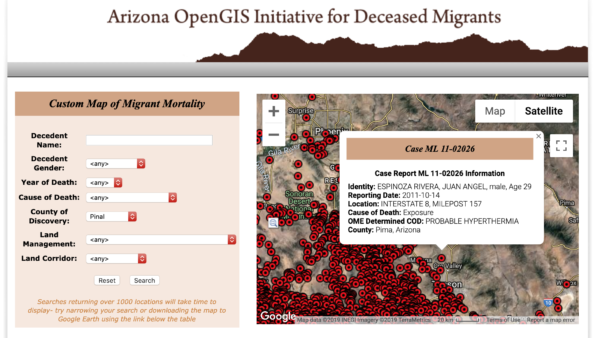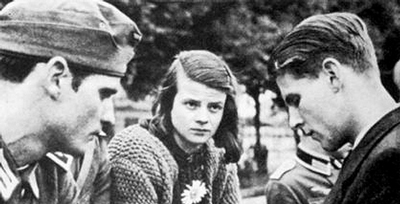“You are a member of the best dressed, best fed, best equipped liberating Army now on earth. You are going in among the people of a former Ally of your country. They are still your kind of people who happen to speak democracy in a different language.”
Month: June 2019
Beginning of the End Day
“Instead of “Thank you for your service,” try, “We’re sorry you had to expend your blood, sweat, tears and toil to clean up our monumental failings.” Every time you meet one of the dwindling numbers of WWII veterans (and those of all the other magnificent little American wars we’ve fallen into), keep your mouth shut and your brain focused on peace. These “Greatest Generation” folks answered the bell and won the fight. We might not be as blessed next time.”
Paranoia, Fear, Terror and Facebook, et al.
“Insane levels of fear and control and succumbing to terror. We are a nation which is perhaps the most fearful of all countries.”
Corporate Power
“Many states whose sovereignty is threatened are now finally waking up to the danger. But is it perhaps already too late to do anything about the seemingly over-mighty corporations?”
Capital Destroys All It Touches
“What’s our death toll up to in this week’s boutique pay lots of money and die fashionably sweepstakes? 19?”
Where Are the Bodies? We Have an App for That.
“The information presented is stark and perhaps unsettling.”
No Slope, No False Equivalency. Just the Same. Damn. Thing.
Immoral, indecent, inhumane. … We are running concentration camps and human beings are dying.
The Wages of Sin, America, is …
“It is impossible to engage in intellectual discourse with National Socialist Philosophy. For if there were such an entity, one would have to try by means of analysis and discussion either to prove its validity or to combat it. …”
Random American Notes
“An American gentleman . . . likewise stuck his hands deep into his pockets, and walked the deck with his nostrils dilated, as already inhaling the air of Freedom which carries death to all tyrants, and can never (under any circumstances worth mentioning) be breathed by slaves.”










